What are 4 Main Kinds of Marine Signal Products
Marine signal products are essential tools for ensuring safety and effective communication in maritime environments. These products help prevent collisions, facilitating navigation, and enable communication between vessels and shore facilities. In the vast and often hazardous marine environment, reliable signal products are indispensable for both commercial and recreational maritime activities. This article explores 4 key kinds of marine signal products, their uses, and their importance in maritime safety.
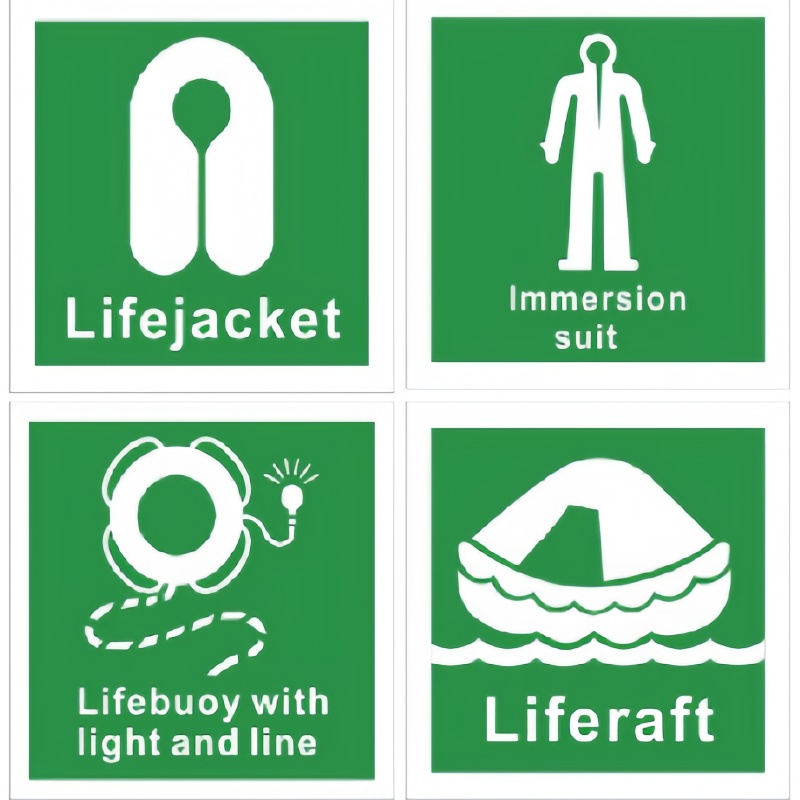
Marine Signal Lights
Marine signal lights serve as essential beacons, conveying vital information about a vessel’s position, status, and movements, especially in low-visibility conditions such as nighttime, fog, or heavy rain.
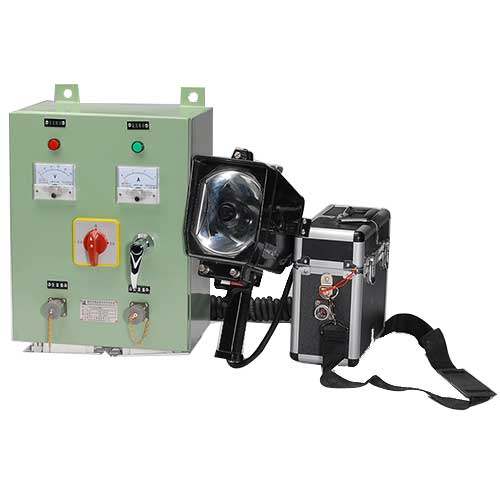
1. Navigation Lights
Navigation lights are mandatory on all vessels to indicate their presence, movement, and direction. These marine navigation lights help prevent collisions by informing nearby vessels about a vessel’s type, size, and activity. The primary types of navigation lights include:
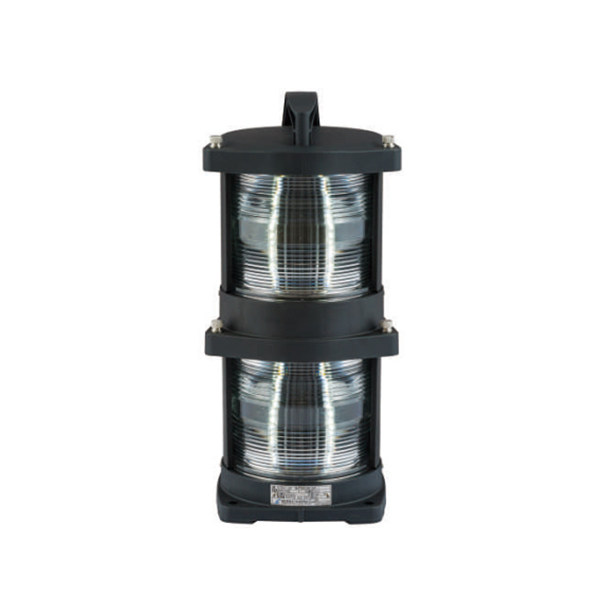
Sidelights (Port and Starboard Lights)
- Port Light: A red light on the left (port) side of the vessel.
- Starboard Light: A green light on the right (starboard) side of the vessel.
- Purpose: These lights are visible to vessels approaching from the side or head-on, indicating the orientation and direction of travel.
Stern Light
- Description: A white light located at the rear (stern) of the vessel.
- Purpose: Visible from behind the vessel, indicating its direction and providing a clear marker of its position.
Masthead Light
- Description: A white light placed on the fore-and-aft centerline of the vessel, typically above the deck.
- Purpose: Visible from the front and sides, it indicates the vessel’s presence and helps determine its direction of movement.
All-Round Light
- Description: A white light visible from all directions around the vessel.
- Purpose: Used in various configurations, such as anchor lights or as a single light on smaller boats.
2. Anchor Lights
- Description: A white light visible from all directions.
- Purpose: Displayed by vessels when anchored, the anchor light signals that the vessel is stationary. This helps prevent collisions by alerting other vessels to its position.
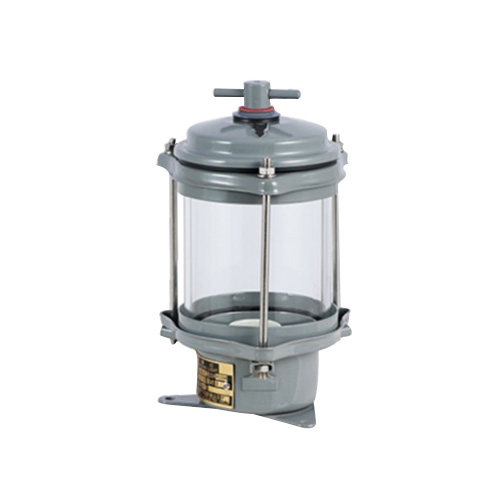
3. Towing Lights
- Description: A yellow light located above the stern light.
- Purpose: Used on vessels engaged in towing operations, these lights indicate that the vessel is towing another vessel. This information is crucial for nearby vessels to navigate safely around the towing vessel and its tow.
4. Specialty Lights
Certain vessels have additional lighting requirements based on their activities and the regulations governing maritime operations. These specialty lights include:
Fishing Lights
- Description: Red over white or green over white lights.
- Purpose: Used by fishing vessels to indicate they are engaged in fishing activities. These lights help other vessels give a wide berth to avoid interfering with fishing operations.
Pilot Lights
- Description: White over red lights.
- Purpose: Indicate that the vessel is a pilot boat, which guides other vessels into or out of ports. These lights help identify the pilot boat’s role and ensure it receives the right of way.
Restricted Maneuverability Lights
- Description: Red, white, and red lights in a vertical line.
- Purpose: Indicate that the vessel has restricted maneuverability due to its work (e.g., dredging or underwater operations). Other vessels should navigate with caution around it.
5. Emergency and Distress Lights
Emergency and distress lights are crucial for signaling when a vessel is in trouble and needs assistance. These include:
SOS Lights
- Description: Flashing lights that signal the international distress code (SOS).
- Purpose: Used in emergencies to alert nearby vessels and rescue services to a vessel in distress.
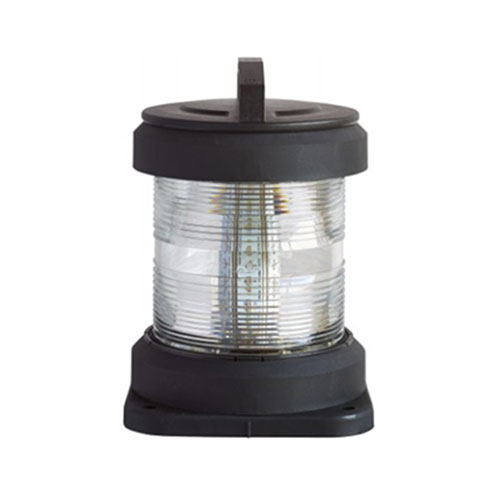
Strobe Lights
- Description: High-intensity flashing lights.
- Purpose: Used to attract attention during search and rescue operations.
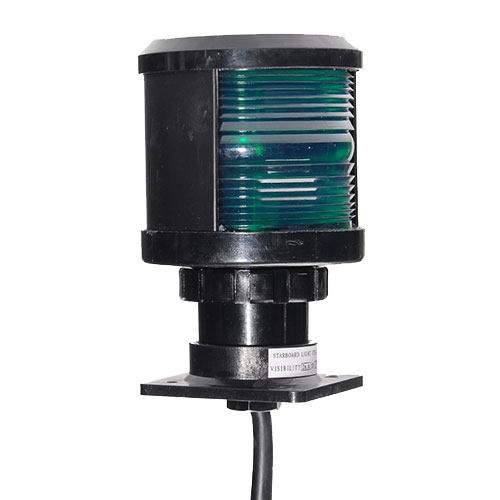
Marine Flares and Pyrotechnics
Marine flares and pyrotechnics are used primarily for signaling distress and attracting attention during emergencies. Given the vast and often perilous nature of marine environments, these tools can be lifesaving.
1. Types of Marine Flares
Marine flares are designed to be highly visible and are categorized based on their intended use and the type of signal they produce. The main types include:
Handheld Flares
- Description: Handheld flares produce a bright, intense light and are typically red in color.
- Purpose: They are used to signal distress and are visible over long distances, both day and night. Handheld flares are easy to use and can be held above the head for maximum visibility.
Parachute Flares
- Description: Parachute flares are rocket-propelled and rise to a high altitude before deploying a parachute, allowing the flare to descend slowly.
- Purpose: These flares are visible for miles and can be seen from great distances, making them highly effective for attracting attention from ships or aircraft. They are used primarily in open water where visibility is crucial.
Smoke Flares
- Description: Smoke flares emit dense, colored smoke, usually orange, which is highly visible during the day.
- Purpose: They are used to signal distress in daylight conditions and can also help mark a position for rescue operations. Smoke flares are particularly useful in situations where a visible light may be less effective, such as in bright sunlight.
Multi-Star Flares
- Description: Multi-star flares launch several bright stars into the air, which then spread out and descend slowly.
- Purpose: They provide a wider signal pattern and are useful for attracting attention over a broad area. Multi-star flares are effective in both day and night conditions.
2. Pyrotechnic Signaling Devices
Beyond flares, there are other pyrotechnic devices used for signaling in maritime environments:
Distress Rockets
- Description: Similar to parachute flares, distress rockets launch a flare to a high altitude, but they may not always deploy a parachute.
- Purpose: These rockets are used to send an immediate and highly visible distress signal.
Line-Throwing Devices
- Description: These devices use pyrotechnics to launch a line over long distances.
- Purpose: Line-throwing devices are used in rescue operations to establish a line between vessels or to shore, facilitating the transfer of equipment or people.
3. Regulations and Standards
The use of marine flares and pyrotechnics is regulated by international maritime organizations to ensure effectiveness and safety. Key regulations include:
SOLAS (Safety of Life at Sea)
- Description: The International Maritime Organization’s (IMO) SOLAS convention sets out the minimum standards for marine safety equipment, including flares and pyrotechnics.
- Requirements: Vessels are required to carry a specific number and type of flares, depending on their size and voyage type.
US Coast Guard (USCG) Regulations
- Description: In the United States, the USCG sets standards for the types and quantities of distress signals that must be carried on boats.
- Requirements: Recreational boats, commercial vessels, and certain passenger-carrying vessels must adhere to these regulations, which may include carrying day and night signals.
4. Usage and Safety
Proper use and handling of marine flares and pyrotechnics are crucial for their effectiveness and safety:
- Storage: Flares should be stored in a dry, accessible location, protected from moisture and extreme temperatures. Expiry dates should be checked regularly, and expired flares should be replaced and disposed of according to local regulations.
- Operation: Familiarize yourself with the operation of each type of flare. Practice using dummy versions if available, and follow the manufacturer’s instructions carefully during an actual emergency.
- Safety Precautions: Wear protective gloves and eye protection when handling pyrotechnics. Ensure that flares are launched away from the body and any flammable materials. Be aware of wind direction to avoid exposure to smoke.
5. Significance in Maritime Safety
Marine flares and pyrotechnics are indispensable for several reasons:
- Distress Signaling: They provide a clear and unmistakable signal that a vessel is in distress, facilitating quick response and rescue.
- Visibility: The intense light and smoke produced by these devices are visible over long distances and in various conditions, ensuring that distress signals are seen.
- Rescue Coordination: Flares help rescuers locate vessels in distress, especially in vast and featureless maritime environments.
Sound Marine Signaling Devices
Sound marine signaling devices allow vessels to convey their presence, movements, and intentions, particularly in conditions of poor visibility such as fog, heavy rain, or nighttime.
1. Types of Sound Signaling Devices
Several types of sound signaling devices are used on vessels, each serving specific purposes to aid in navigation and communication:
Whistles and Horns
- Description: These are the most common sound signaling devices found on vessels. They produce loud, distinct sounds that can be heard over long distances.
- Purpose: Used to signal intentions, warnings, and responses to other vessels. The International Regulations for Preventing Collisions at Sea (COLREGs) outline specific sound signals for different maneuvers (e.g., one short blast for altering course to starboard, two short blasts for port).
Bells
- Description: Traditionally used on larger vessels, bells produce a clear, ringing sound.
- Purpose: Used in foggy conditions or during periods of restricted visibility to signal the vessel’s presence. They are also used in anchorage to signal the position of an anchored vessel.
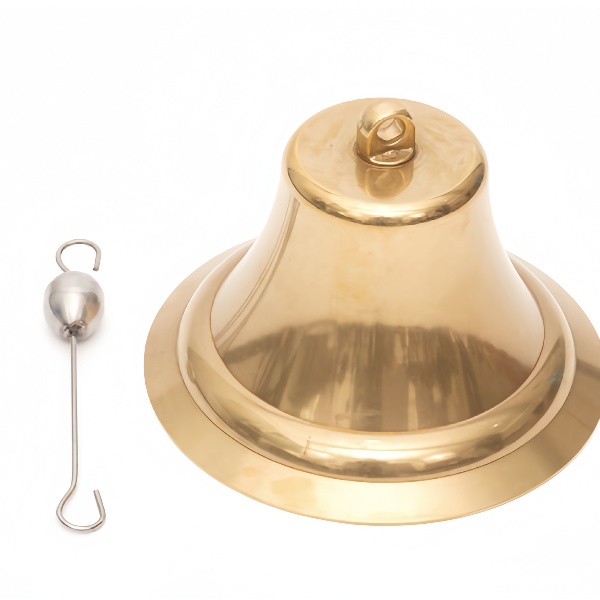
Gongs
- Description: Similar to bells, gongs produce a deep, resonant sound.
- Purpose: Used in conjunction with bells on larger vessels to provide additional audible signals in foggy conditions or areas of restricted visibility.
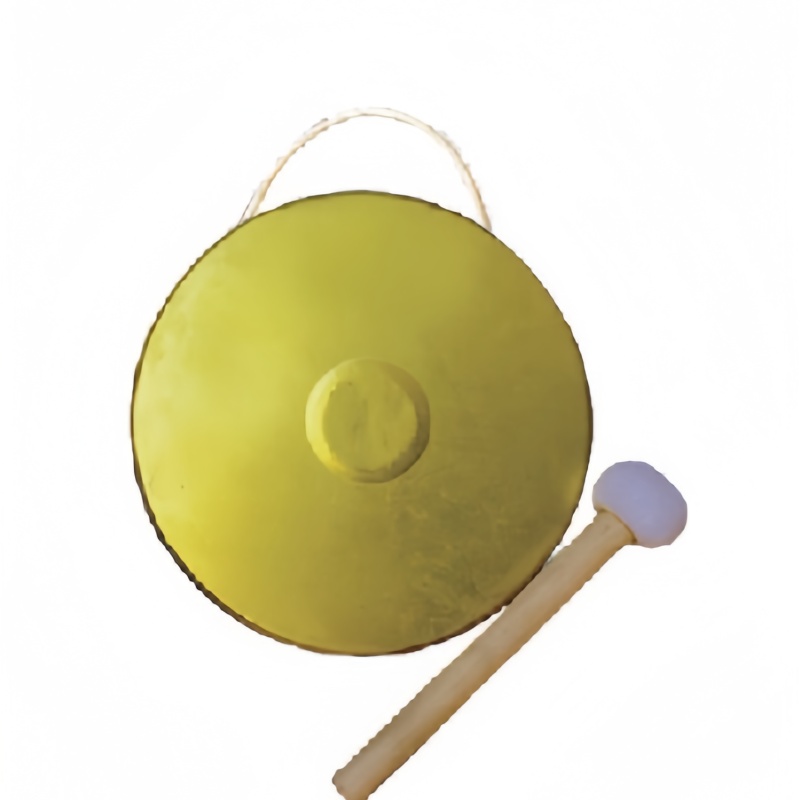
Fog Horns
- Description: Specialized horns designed to produce low-frequency sounds that can travel long distances in foggy conditions.
- Purpose: Used primarily in dense fog to signal the vessel’s position, course, and speed to nearby vessels. They are an essential tool for navigation safety in poor visibility.
2. Regulations and Standards
The use of sound signaling devices is governed by international regulations to ensure consistency and effectiveness in maritime communication:
International Regulations for Preventing Collisions at Sea (COLREGs)
- Description: These regulations set out the rules for sound signals to be used in various situations, such as maneuvering and warning signals.
- Requirements: Vessels must be equipped with appropriate sound signaling devices and use them as specified (e.g., one prolonged blast to indicate leaving a dock).
SOLAS (Safety of Life at Sea)
- Description: The SOLAS convention, managed by the International Maritime Organization (IMO), includes provisions for sound signaling devices as part of the required safety equipment on vessels.
- Requirements: Vessels must carry sound signaling devices appropriate for their size and type, ensuring they can communicate effectively in all conditions.
3. Usage and Significance
Proper use of sound signaling devices is crucial for maritime safety. Here’s how these devices are typically used and why they are significant:
Maneuvering and Warning Signals
- Usage: Vessels use specific sound signals to indicate their maneuvers. For example, one short blast signifies a turn to starboard, while two short blasts indicate a turn to port.
- Significance: These signals help prevent collisions by clearly communicating a vessel’s intentions to nearby vessels.
Restricted Visibility Signals
- Usage: In foggy or low-visibility conditions, vessels use prolonged blasts at regular intervals to signal their presence. Anchored vessels sound bells to indicate their position.
- Significance: These signals ensure that vessels remain aware of each other’s presence and can navigate safely even when visual contact is not possible.
Emergency Signals
- Usage: Sound signals are used to indicate emergencies, such as a vessel in distress or a man overboard situation.
- Significance: Quick and effective communication of emergencies can lead to faster response and rescue operations, potentially saving lives.
4. Modern Advances
While traditional sound signaling devices remain vital, modern technology has introduced additional tools to enhance maritime communication:
Automatic Identification Systems (AIS)
- Description: AIS transmits a vessel’s position, speed, and other data electronically, providing information to nearby vessels and shore stations.
- Purpose: Enhances situational awareness and complements traditional sound signals by providing more detailed information.
Integrated Communication Systems
- Description: These systems combine traditional sound signals with visual and electronic signals to provide a comprehensive communication solution.
- Purpose: Improve the accuracy and reliability of maritime communication, especially in complex or congested waterways.
Electronic Marine Signal Devices
Electronic marine signal devices have revolutionized maritime navigation and safety, providing advanced tools for communication and situational awareness. These devices use modern technology to enhance traditional signaling methods, making maritime operations more efficient and safer.
1. Automatic Identification System (AIS)
- Description: AIS is an automated tracking system that uses transponders on ships and is integrated with shipboard navigation systems.
- Purpose: It provides real-time information about a vessel’s position, speed, course, and other data to other nearby vessels and shore stations.
- Significance: AIS enhances situational awareness, collision avoidance, and navigational safety by allowing vessels to share their navigational data. It is particularly useful in busy shipping lanes and ports.
2. Radar and Radar Reflectors
Radar Systems
- Description: Radar systems use radio waves to detect objects and determine their distance, speed, and direction.
- Purpose: They are used for navigation and collision avoidance, especially in poor visibility conditions.
- Significance: Radar helps mariners detect other vessels, landmasses, and obstacles, ensuring safe navigation even in fog, heavy rain, or darkness.
Radar Reflectors
- Description: Passive devices that reflect radar signals back to the source.
- Purpose: Enhance the visibility of small or non-metallic vessels on radar screens.
- Significance: Improves the detection of vessels that might otherwise be missed by radar, reducing the risk of collisions.
3. Global Maritime Distress and Safety System (GMDSS)
- Description: GMDSS is an internationally agreed-upon set of safety procedures, equipment, and communication protocols.
- Purpose: Ensures that ships can send and receive distress signals and important maritime safety information anywhere in the world.
- Significance: Provides a comprehensive safety net for maritime operations, enhancing the ability to respond to emergencies and coordinate rescue efforts.
4. Emergency Position Indicating Radio Beacons (EPIRBs)
- Description: EPIRBs are emergency devices that transmit a distress signal, including the vessel’s identification and location, via satellite.
- Purpose: Used to alert search and rescue services in the event of an emergency.
- Significance: EPIRBs provide a critical safety lifeline, ensuring that help can be dispatched quickly to the vessel’s exact location, significantly improving the chances of a successful rescue.
5. Automatic Radar Plotting Aids (ARPA)
- Description: ARPA systems are advanced radar systems that automatically track targets and provide information on their course, speed, and closest point of approach.
- Purpose: Aid in collision avoidance by continuously monitoring the positions and movements of nearby vessels.
- Significance: ARPA enhances navigational safety by allowing mariners to make informed decisions based on accurate and real-time data.
6. Electronic Chart Display and Information System (ECDIS)
- Description: ECDIS is a digital navigation system that displays electronic navigational charts (ENCs) and integrates various navigational information.
- Purpose: Provides real-time charting and navigational information, replacing traditional paper charts.
- Significance: ECDIS enhances situational awareness, route planning, and monitoring, contributing to safer and more efficient navigation.
7. Vessel Traffic Services (VTS)
- Description: VTS are shore-based systems that monitor and manage vessel traffic in busy ports and waterways.
- Purpose: Provide information, navigational assistance, and traffic organization to ensure safe and efficient vessel movement.
- Significance: VTS enhances maritime safety by reducing the risk of collisions and groundings, especially in congested or hazardous areas.
8. Digital Selective Calling (DSC)
- Description: DSC is a digital communication technology used in maritime VHF radios.
- Purpose: Allows automated distress signaling and direct calling to specific vessels or shore stations.
- Significance: DSC improves the speed and reliability of distress communications, ensuring that calls for assistance are heard and acted upon promptly.
Conclusion
From traditional lights and sound signals to modern electronic devices like AIS and EPIRBs, marine signal tools provide crucial information that aids in preventing collisions, guiding navigation, and signaling distress. Understanding and using marine signal products properly is essential for maritime safety, ensuring vessels can communicate effectively and navigate safely through various marine environments.

